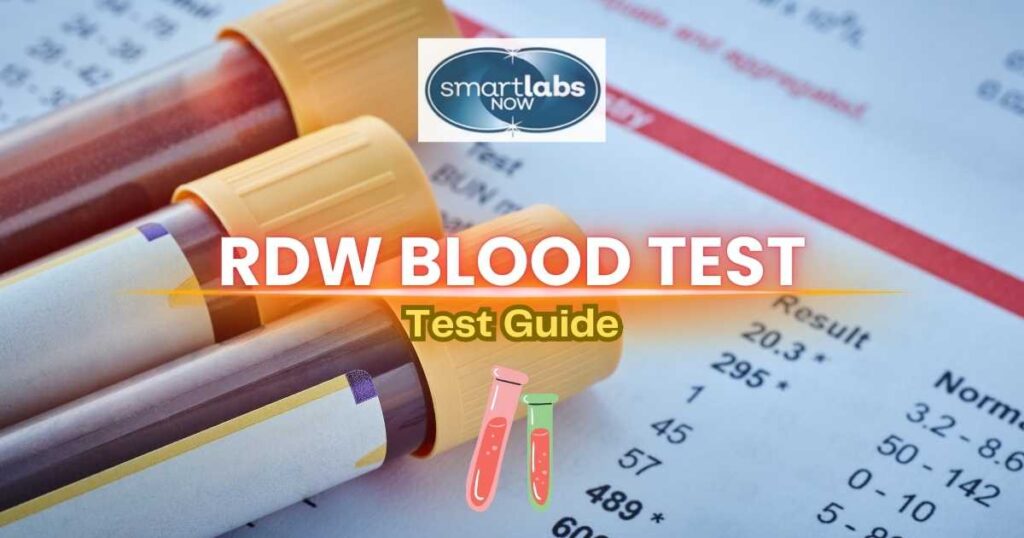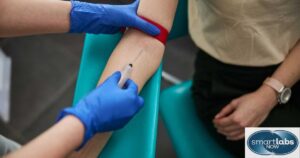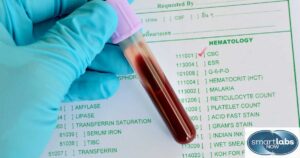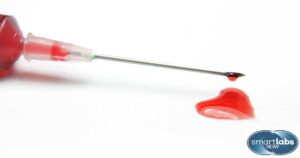
An RDW (Red Cell Distribution Width) blood test is crucial for diagnosing and monitoring various health conditions, particularly those related to red blood cells. This test measures the variation in size or volume of red blood cells (RBCs) in a blood sample. While it is a routine part of a Complete Blood Count (CBC), the RDW specifically focuses on RBC variability, providing insights into how evenly the red blood cells are distributed in size.
A normal RDW indicates uniformity in RBC size, but abnormal results can signal various health issues.
The test is essential in detecting anemia, autoimmune conditions, bone marrow disorders, and even cardiovascular diseases. RDW is especially valuable in combination with other red blood cell indices, such as hemoglobin levels and MCV (Mean Corpuscular Volume), helping healthcare providers interpret underlying causes of abnormal blood results. For instance, RDW is used to differentiate between types of anemia (like thalassemia and iron deficiency anemia) and to monitor conditions involving inflammatory diseases and chronic disorders.
RDW results are also beneficial for studying bone marrow function. They can give clues in a peripheral smear (a test that examines the shape and appearance of blood cells under a microscope) to determine issues with red blood cell production. As a result, it plays a vital role in diagnosing conditions like thalassemia, leukemia, and autoimmune disorders that affect the blood.

Proper preparation ensures that the RDW test yields accurate results. Though there are generally no extensive pre-test preparations, several factors can influence the test outcome.
One crucial step is to review any prior CBC results, as the RDW is always part of a complete blood count. Patients may be asked to fast before the test if other blood tests are being conducted simultaneously, such as checking for iron deficiency, vitamin B12, or folate deficiency—common causes of abnormal RDW.
If you’re in Portland and want to get checked for these issues, sign up through our test panel 🙂:
Doctors may also provide guidance on dietary restrictions, particularly if the individual is at risk for nutrient deficiencies or anemia. For instance, a lack of folate or vitamin B12 can cause anemia, leading to elevated RDW. Fasting may also be required depending on other associated tests.
During the appointment, patients should have their insurance card or payment devices ready and inform the provider of any medications being taken, especially those that could influence red blood cells, such as supplements for iron or folate. Certain activity restrictions may apply, though they are usually minimal. For example, strenuous exercise right before the test could temporarily skew results by affecting RBC distribution.

The RDW test is straightforward. It involves a standard blood draw typically performed by a healthcare provider at a clinic or laboratory. After applying a tourniquet around the upper arm to make the veins more prominent, the provider cleans the area with an antiseptic. A sterile needle is inserted into a vein, usually on the inside of the elbow or the back of the hand.
Blood is collected into a vial or test tube, and pressure may be applied with a bandage once the blood sample is drawn to prevent bruising. The procedure is generally quick and causes minimal discomfort—most patients only feel a slight prick at the puncture wound. The collected sample is then examined under a microscope, where the red blood cell size and variation are evaluated.
Afterward, the blood sample is analyzed for various markers, including RDW, to determine whether red blood cells show abnormal variation in size. Some people may feel a bit lightheaded after the blood draw, but it usually subsides quickly.

RDW values are expressed as a percentage, with a typical reference range between 11.5% and 14.5%. Results outside this range can indicate various conditions. A higher-than-normal RDW indicates anisocytosis, a condition where there is significant variation in red blood cell size. This can suggest iron deficiency anemia, vitamin B12 deficiency, chronic liver disease, or macrocytic anemia.
When paired with the Mean Corpuscular Volume (MCV) test, RDW results provide a clearer picture. For instance, microcytic anemia (where RBCs are smaller than normal), along with a high RDW, suggests iron deficiency anemia, while a low MCV and normal RDW may point to thalassemia. A peripheral smear for morphology is often used alongside these tests to visually examine the RBCs for irregular shapes or sizes.
Low RDW is less common but can occur in rare cases of aplastic anemia or specific genetic red blood cell disorders.

Abnormal RDW values often indicate various forms of anemia, the most common of which include iron deficiency anemia, macrocytic anemia, and megaloblastic anemia caused by folate or vitamin B12 deficiency. These conditions result in a greater variation in the size of red blood cells as the body struggles to produce cells of uniform size.
Certain autoimmune disorders, such as lupus, may also be indicated by elevated RDW. These conditions can affect the bone marrow’s ability to produce healthy blood cells. Myelofibrosis, a type of bone marrow cancer, may lead to high RDW levels due to abnormal cell production.
Additionally, chronic inflammation and hereditary red blood cell disorders, like sickle cell anemia or thalassemia, can lead to elevated RDW. In some cases, high RDW might signal chronic liver disease or myeloproliferative disorders. In the latter, the bone marrow produces too many or too few blood cells.

RDW results are often interpreted alongside other blood tests to provide a comprehensive view of a patient’s health. For instance, pairing RDW with the Mean Corpuscular Volume (MCV), as mentioned, helps to differentiate between different types of anemia. In cases of macrocytic anemia, both the MCV and RDW are elevated. In microcytic anemia, MCV is low, but RDW is elevated.
RDW can also be used to assess chronic illness, including conditions like Crohn’s disease and liver disease. Abnormal RDW values may accompany changes in other tests like hemoglobin (Hgb), mean corpuscular hemoglobin (MCH), and mean corpuscular hemoglobin concentration (MCHC), helping doctors diagnose conditions like iron deficiency anemia or macrocytic anemia.

While the RDW blood test is minimally invasive, there are some risks.
Bruising (hematoma) at the puncture site is common. This is especially so in patients with bleeding disorders or those taking blood-thinning anticoagulant agents. Rarely, patients may experience significant blood loss, infection risk, or lightheadedness.
Blood samples are often treated with ethylenediaminetetraacetic acid (EDTA), an anticoagulant that prevents clotting. However, improper handling can lead to errors, including MCV error, and skewing results. Blood transfusions may also interfere with RDW accuracy if a recent transfusion affects RBC distribution.

If RDW results indicate abnormal values, several steps can help address the underlying cause.
Iron deficiency anemia, for instance, can be managed with a diet rich in iron or iron supplements. For vitamin B12 deficiency, patients may receive B12 injections or increase their intake of B12-rich foods like eggs and meat.
Folate supplements are also important for those with folate deficiency. Also, lifestyle changes like smoking cessation and increased physical activity can help manage RDW levels. Additionally, cancer patients or those with chronic diseases may require tailored interventions from a healthcare professional. Managing elevated RDW is important as higher values have been associated with a higher mortality risk in some populations.

At Smart Labs Now, we offer quick, affordable, accurate, and gentle RDW testing under our CBC panel. If you don’t want to visit the lab, you can order the test at your home or another address.
Schedule here – we’ll take care of the rest 🙌.
Also, you can count on us to discreetly provide the results.
Please consult your primary care physician before engaging with any pharmaceutical, natural substances, or activity regimens mentioned or prescribed in this post. Smart Labs Now is not responsible for health or life outcomes based on the information or recommendations provided. This account does not serve as a substitute for professional medical advice/help.